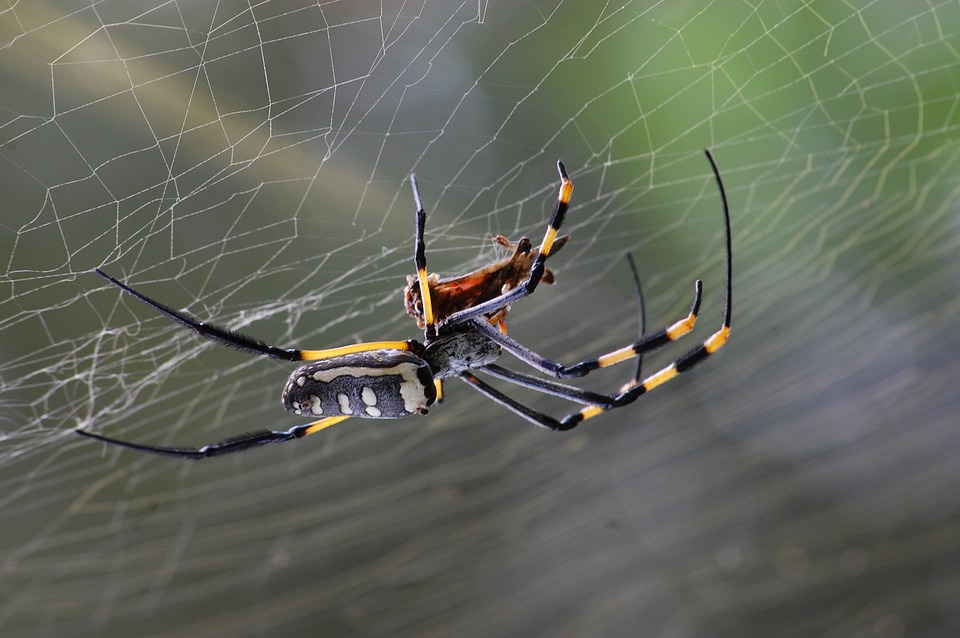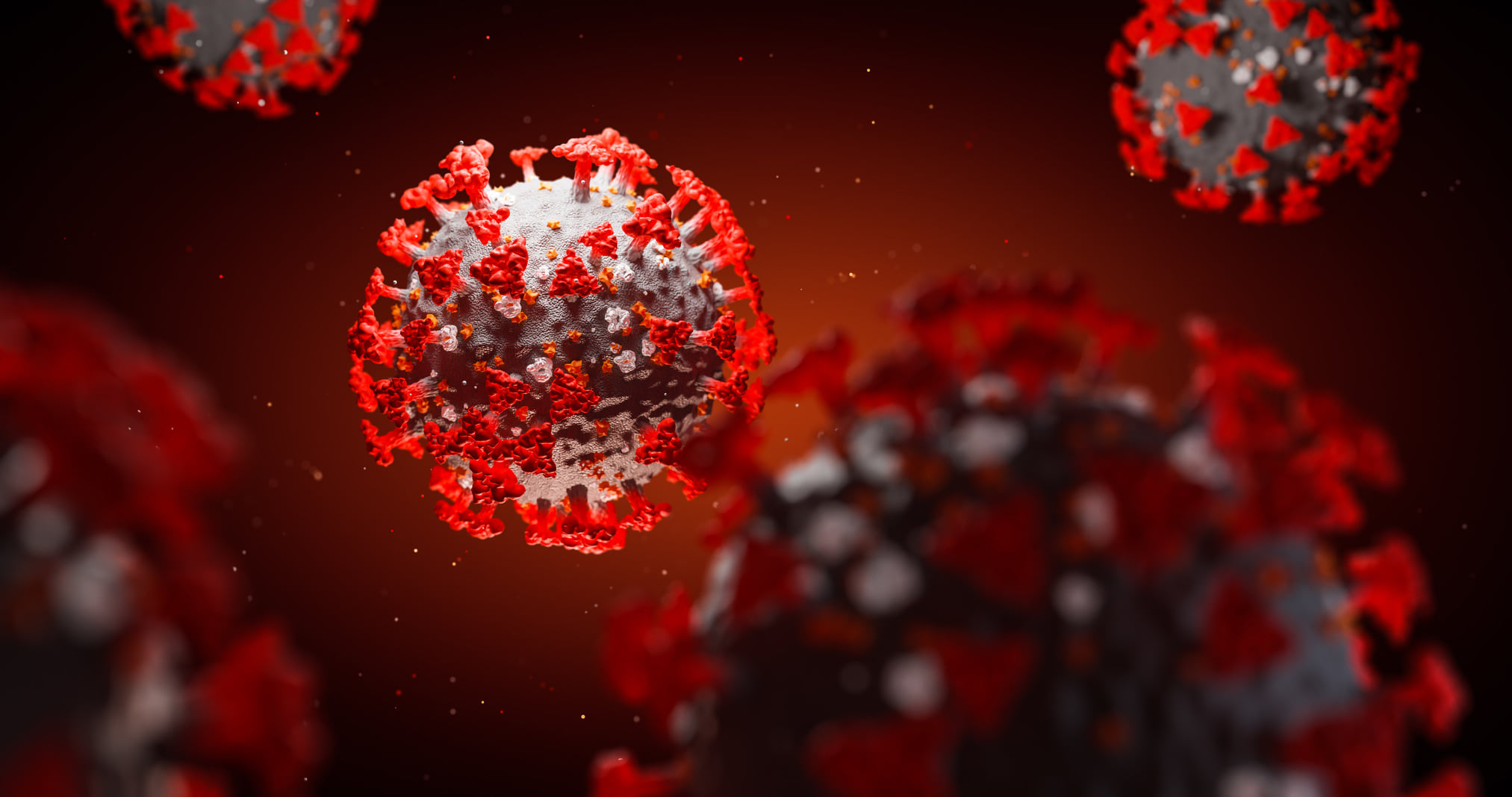
How Spiders Avoid Getting Stuck in Their Own Traps?
Spiders are fascinating creatures that have been around for millions of years, evolving unique adaptations to help them survive and thrive in various environments. One of their most impressive abilities is their skill in web-weaving, creating intricate structures that serve as both homes and hunting traps. However, have you ever wondered how spiders avoid getting caught in their own webs? Despite being the architects of their own intricate traps, they seem to have no trouble moving around them without getting stuck. In this blog post, we’ll explore the science behind spider webs, the properties of spider silk, and the behavioral adaptations that allow spiders to navigate their webs without getting trapped.
The Science behind Spider Webs
Spider webs are incredibly intricate structures made up of thousands of individual strands of spider silk, a protein-based material produced in specialized glands in the spider’s abdomen. The silk is extruded through spinnerets, specialized structures located at the tip of the spider’s abdomen, and can be spun into various types of webs, depending on the spider’s species and intended use.
Spider Silk: A Strong and Elastic Material
Spider silk is an incredibly strong and elastic material, with some varieties being stronger than steel on a weight-for-weight basis. This strength and elasticity make spider silk ideal for building webs that can capture prey without breaking or stretching too much. In addition to its mechanical properties, spider silk is also biodegradable and can be recycled by spiders to build new webs when needed.
The Role of Spider Behavior in Web Navigation
In addition to the physical properties of spider silk, the behavior of the spider itself plays a crucial role in allowing it to move around its web without getting caught. Spiders can sense the vibrations created when something touches their web, and they use these vibrations to locate prey and potential mates. However, they can also distinguish between the vibrations created by their own movements and those made by other objects, allowing them to move around their webs without triggering the trap.

Adaptations that Help Spiders Avoid Getting Caught in Their Webs
Spiders have also evolved several physical adaptations that help them avoid getting stuck in their own webs. One of the most important of these is the presence of specialized hairs on their legs and body that help prevent the silk from sticking to them. These hairs are hydrophobic, meaning they repel water, and this property helps prevent the silk from getting wet and sticking to the spider.
Another adaptation that helps spiders avoid getting stuck in their own webs is the production of a particular type of silk called “non-stick” silk. This silk is produced by a specialized gland located near the spider’s spinnerets, and it is used to coat the spider’s body and legs. The non-stick silk has a different chemical composition than the rest of the web, and it prevents the spider from getting trapped in its own web by making it difficult for the sticky silk strands to adhere to the spider’s body.
The Future of Spider Web Research and Development
Despite our fascination with spider webs, we still don’t understand much about these intricate structures. Researchers are working to better understand spider silk’s properties and develop new materials that mimic its unique properties. These materials could have a wide range of applications, from developing new medical devices to creating stronger and more resilient building materials.
In conclusion, the ability of spiders to weave intricate and effective webs without getting trapped in them is a testament to their remarkable evolutionary adaptations. From the properties of spider silk to the specialized hairs on their legs and the use of non-stick silk, spiders have developed various tools that help them avoid getting stuck in their own traps. By better understanding the science behind spider webs and the behavior of spiders, we can gain new insights into the complex and fascinating world of these remarkable creatures. And who knows, perhaps the secrets of spider silk and web weaving will lead to new breakthroughs in material science and engineering.
You May Also Like

What is Your Eidetic Memory
2022-04-21
From Fire to Artificial Intelligence: How Science Has Evolved
2023-02-27


